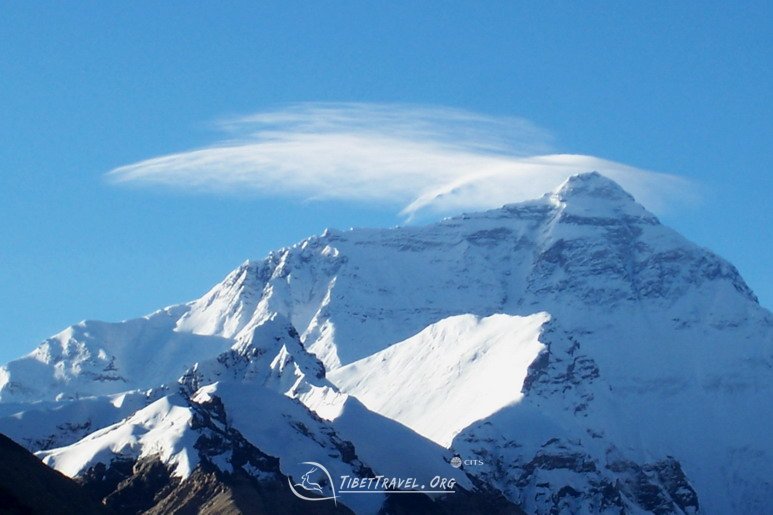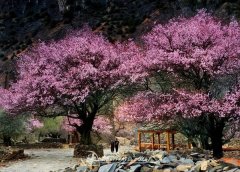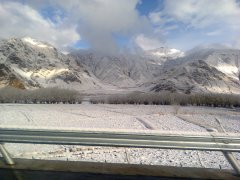There are totally 14 peaks over 8,000 meters in height. All of them perch in the Qinghai-Tibet Plateau and each of them have been scaled by human being from different corners of the world. Mt. Everest is the highest peak on earth with an altitude of 8,848 meters.

Mt. Everest is the highest peak in the world. With approvals from the people's government of the Tibet Autonomous Region on November 3, 1988 and from the State Council in November 1993, the state-level Everest Nature Reserve was established. It covers an area of 33,800 square kilometers, including two towns and 16 townships in Tingrin, Nyalam, Gyilung and Dinggye counties. The whole reserve is divided into three parts namely the central reserve, the buffer zone and the developing zone. The terrain of the reserve descends from the high north to the low south, with a varied topography. The average elevation is 4,200 meters.
The lowest of the mountain is 1,433 meters; about 7,000 meters lower than the highest point. High mountains and deep valleys, glaciers and snow-covered peaks all come to display grand views at the foot of the mountain. According to surveys, some 2,348 advanced plants grow here, and among them are the precious long-leaf prune and the Tibetan long-leaf pine, two species that are found only in this reserve. There are many precious animals live in the reserve 53 mammals, 206 birds, 8 amphibious animals, 6 reptiles and 5 fishes.
To climb the world’s highest peak, climbers will be faced with the following two biggest risks.
Thin air: At the top of Mt Everest, the actual percentage of oxygen in the air is the same as that at sea level (about 20%). However, the atmospheric pressure at the summit of Everest is 33% that of sea level. So if you had a shoe box full of air, there would be 66% less oxygen in the box at the summit of Everest than at sea level. Each breath pulls in 33% of the oxygen as that at sea level.
The death zone: Above 26,000' there's about a third of the oxygen available at sea level. Even acclimated, the body begins to shut down, and if a person stays that high long enough, they will die. Most climbers use oxygen here for climbing and sleeping.
The first mountaineer reached the peak of the Mt. Everest was Edmund Hillary, 34, from New Zealand and Tenzing Norgay, 39, from Nepal, via the southeastern ridge on May 29, 1953. Nowadays, more and more mountaineers set their feet on the world’s highest peak. At present, the oldest man to summit Everest is a Japanese man Yuichiro Miura who arrived at the top of Everest on May 23, 2013.
Recommended tours to Everest:










.jpg)




0 Comment ON "The highest peak on earth"